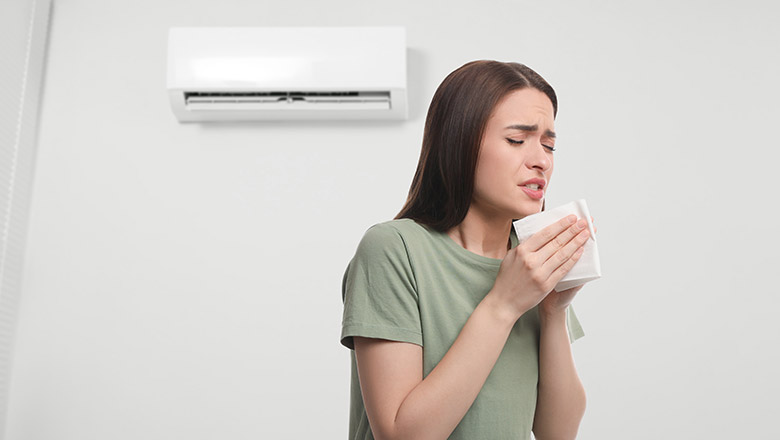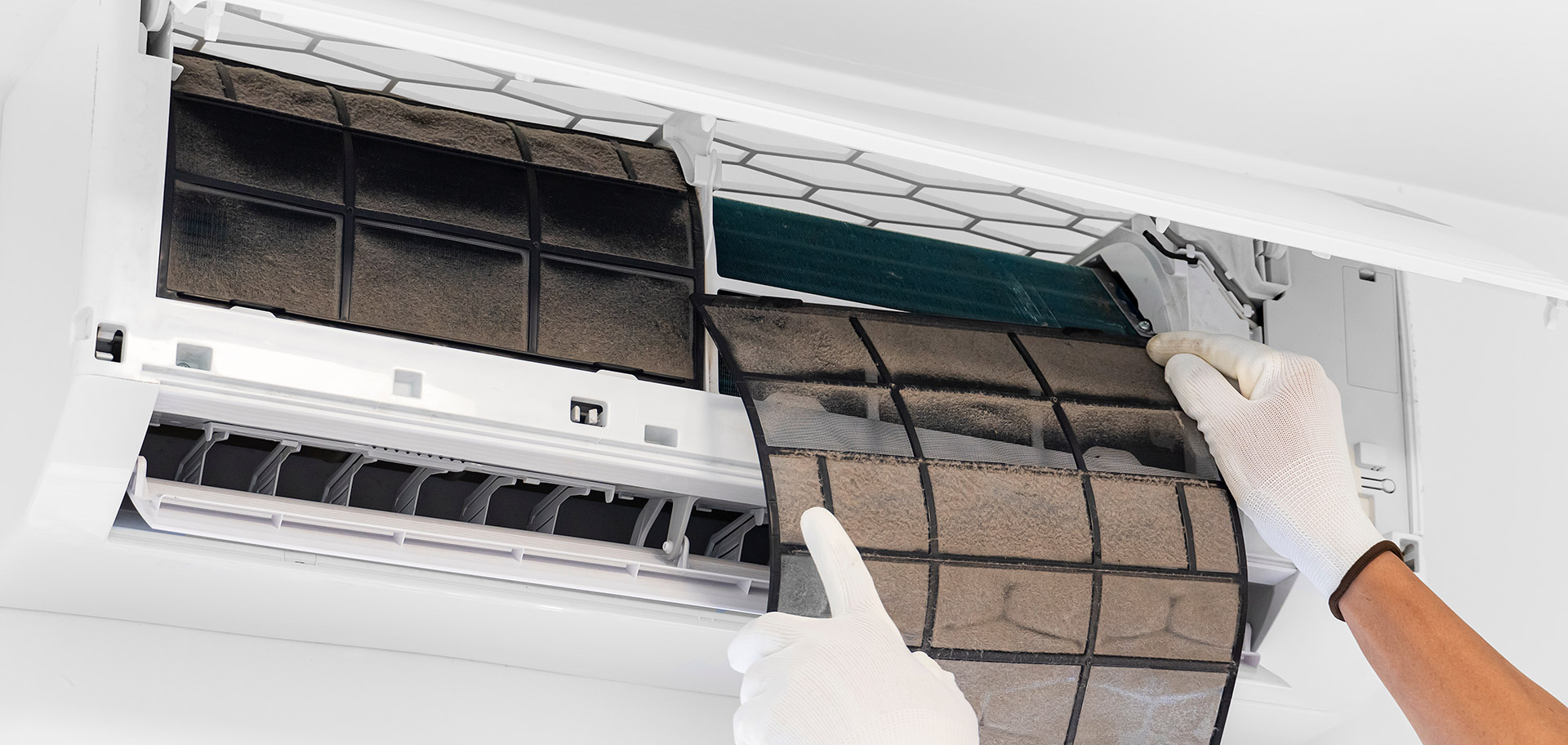13.10.2025
Written by
LIONONIC
Why regular air conditioner cleaning is important
In Cyprus, an air conditioner runs for many hours a day—often for weeks without a break. It provides cool, fresh air and makes hot days bearable. But few people think about what happens inside: dust, moisture, and tiny particles from the air accumulate in the unit. Over time, this forms an invisible layer of dirt, bacteria, and even mold. You often notice it only when the air smells unpleasant or the system suddenly cools less effectively. Therefore, regular cleaning of your air conditioner is not a luxury but an essential maintenance step to ensure health, energy efficiency, and longevity.
Clean air conditioner = Clean Air
An air conditioner constantly draws in air, cools it down, and blows it into the room. During this process, dust, pollen, mold spores, and bacteria get trapped in the filters. If these are not cleaned regularly, they will spread back into the room air the next time you turn it on.
Possible consequences include:
- Poorer air quality and unpleasant odors
- Irritation of the respiratory tract, especially for allergy sufferers or children
- Headaches, fatigue, or dry eyes
- Increased risk of mold growth
A professional cleaning thoroughly removes these deposits—not just from the filters but also from the evaporator, blower, condensate tray, and air ducts. That way, you breathe truly clean, healthy air—day after day.


Many people don’t realize that a dirty air conditioner consumes significantly more electricity. Dust and dirt block air circulation, forcing the compressor to work harder to maintain the desired temperature.
The result:
- Higher energy consumption
- Lower cooling performance
- Faster wear and tear
Even a simple filter cleaning can reduce power consumption by up to 15 percent. A professional deep cleaning ensures that the internal components can “breathe” again—saving energy and extending the unit’s lifespan.
Why DIY cleaning isn’t enough
Many users only remove visible dust from the filter—but that’s just a small part of the job. Inside the system are damp, dark areas where bacteria and mold can form over time. These are nearly impossible to reach with household cleaners.
A professional uses special tools, disinfectants, and cleaning fluids to clean even the hard-to-reach parts. At the same time, technical components—like the condensate drain, sensors, or seals—are checked. This allows small problems to be detected before they lead to costly damage.

